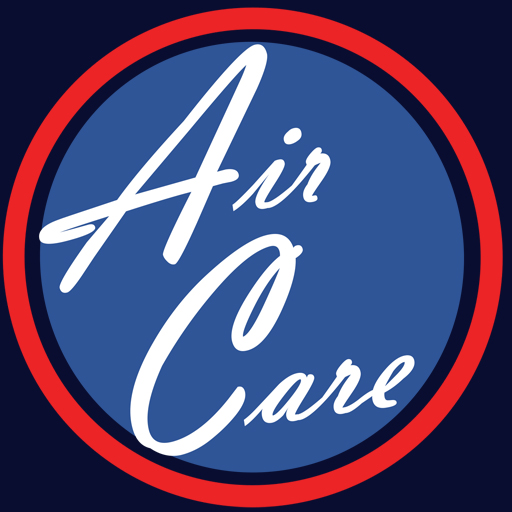Clean air is essential for our well-being, especially in indoor spaces where we spend a significant amount of our time. With rising concerns about air pollution and its impact on health, commercial establishments are increasingly turning to advanced technologies to ensure the air we breathe is safe and clean. In this blog post, we will explore the concept of commercial air purification and how it is making a difference in various industries.
What is Commercial Air Purification?
Commercial air purification refers to the use of specialized systems and technologies designed to remove pollutants, contaminants, and allergens from the air within commercial spaces. These spaces can range from offices, schools, hospitals, and shopping malls to manufacturing facilities and public transportation systems. Unlike residential air purifiers, commercial-grade systems are more powerful and capable of handling larger volumes of air.
Key Components of Commercial Air Purification Systems
- High-Efficiency Particulate Air (HEPA) Filters: HEPA filters are a standard feature in most commercial air purifiers. These filters are highly effective at trapping microscopic particles such as dust, pollen, mold spores, and bacteria, ensuring that the purified air is free from these allergens.
- Activated Carbon Filters: Activated carbon filters are excellent at adsorbing odors, gases, and volatile organic compounds (VOCs). They are commonly used in commercial settings where chemical fumes and odors are a concern, such as laboratories and printing facilities.
- Ultraviolet (UV) Germicidal Irradiation: UV-C light technology is employed in some commercial air purifiers to neutralize bacteria, viruses, and other pathogens. UV light damages the genetic material of microorganisms, rendering them incapable of reproducing and causing infections.
- Ionization and Electrostatic Precipitation: These technologies charge particles in the air, causing them to stick to collector plates or surfaces within the purifier. This process effectively removes particles from the air and is particularly useful in industrial settings where fine dust and pollutants are prevalent.
Benefits of Commercial Air Purification
- Improved Indoor Air Quality (IAQ): By removing pollutants and allergens, commercial air purifiers enhance indoor air quality, creating a healthier environment for employees, customers, and visitors.
- Increased Productivity and Well-being: Clean air has been linked to increased productivity and improved well-being. Employees in spaces with good air quality are less likely to suffer from allergies and respiratory issues, leading to higher work efficiency and job satisfaction.
- Compliance with Regulations: Many industries, especially healthcare and manufacturing, are subject to strict regulations regarding air quality. Commercial air purifiers help businesses comply with these regulations, avoiding fines and legal complications.
- Reduced Spread of Diseases: In settings like hospitals and public transportation, where the spread of diseases is a concern, air purifiers equipped with UV-C technology can significantly reduce the transmission of airborne viruses and bacteria.
Conclusion
Commercial air purification systems play a vital role in creating healthy, comfortable, and safe indoor environments. By employing advanced technologies and high-quality filters, businesses can significantly improve air quality, enhance the well-being of occupants, and ensure compliance with regulatory standards. As the awareness of the importance of clean indoor air continues to grow, the adoption of commercial air purification solutions is likely to become even more widespread, benefiting both businesses and the people they serve.

